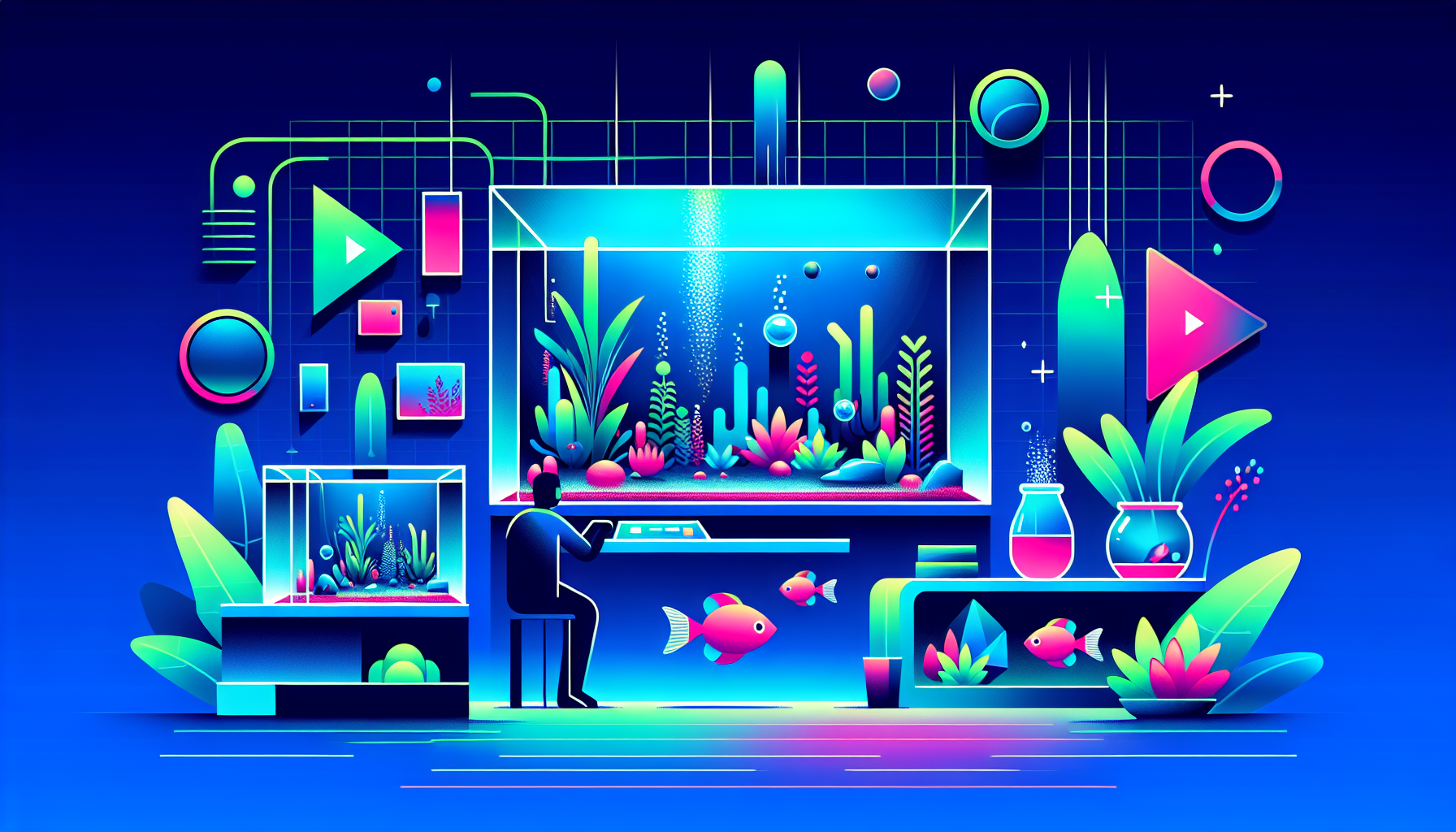Common Mistakes with Water Change Schedule and How to Avoid Them
If you’re passionate about aquascaping, you already know how crucial water changes are for a thriving aquatic ecosystem. However, even experienced hobbyists can make mistakes when it comes to their water change schedule. In this comprehensive guide, we’ll break down the most common missteps aquascapers make and share simple tips to help you avoid them—ensuring your planted aquarium stays healthy, balanced, and stunning.
Why Water Changes Matter in Aquascaping
Water changes help maintain optimal water parameters, dilute toxins, and replenish essential nutrients that support plant and fish health. An inconsistent or improper water change schedule can trigger algae outbreaks, plant melt, and stressed fish—undermining your hard work in creating beautiful aquascapes. Beginner aquascapers especially benefit from understanding the importance of regular maintenance routines.
7 Common Water Change Schedule Mistakes to Avoid
1. Inconsistent Water Change Frequency
One of the most frequent mistakes is skipping water changes or making them too sporadic. Missing scheduled changes allows waste, decaying plant material, and excess nutrients to build up—leading to cloudy water and algae problems.
- Solution: Stick to a regular schedule, like 25-50% weekly water changes. Set phone reminders or mark your calendar to stay on track.
2. Changing Too Much or Too Little Water
Overdoing or underdoing water changes can stress your aquarium’s ecosystem. Large, infrequent changes can shock aquatic life and upset balance, while inadequate water changes allow pollutants to accumulate.
- Solution: Aim for moderate changes (20-50% per session), tailored to your tank’s bioload and plant density.
3. Neglecting Water Parameter Testing
Some hobbyists don’t regularly test key water parameters like ammonia, nitrite, nitrate, and pH. Without testing, you can’t spot issues early or fine-tune your maintenance schedule.
- Solution: Use aquascaping test kits before and after water changes. This helps track trends and inform needed adjustments.
4. Using Cold or Untreated Tap Water
Adding undersized amounts of dechlorinator or very cold water can shock sensitive fish and plants, leading to illness and melt.
- Solution: Always treat tap water with a reputable dechlorinator, and try to match the water’s temperature with the tank using a thermometer.
5. Ignoring Hardscape and Substrate Cleaning
It’s easy to focus only on siphoning open water, but detritus often accumulates around hardscape and in the substrate, fueling algae and poor plant growth.
- Solution: Gently vacuum substrate and brush hardscape during water changes. This improves water quality and prevents excess buildup.
6. Disturbing Plants and Aquascape Layout
Rough water changes can uproot plants and rearrange your carefully designed aquascape layout.
- Solution: Pour water in gently and shield delicate areas with your hand or a plate. Use a siphon to carefully remove water near plants.
7. Neglecting Aquarium Equipment Maintenance
Forgetting to clean filters, CO2 diffusers, and glass during water changes can reduce their effectiveness, affecting the whole aquascape.
- Solution: Incorporate quick equipment checks and cleaning as part of your scheduled water change maintenance.
How to Create an Effective Water Change Schedule
An effective water change schedule is tailored to your aquarium’s unique needs. Factors like tank size, plant mass, livestock, and fertilization routine all play a role. For most planted aquariums:
- Perform 25-50% weekly water changes as a baseline.
- Increase frequency if you see signs of algae, cloudy water, or high nitrates.
- Reduce water changes slightly in low-tech, densely planted tanks with light bioload, but always monitor water quality closely.
Remember: consistency is key. If you’re just starting out, check out our essential aquascaping checklist to help you build strong maintenance habits.
Troubleshooting: Signs You Need to Adjust Your Water Change Routine
- Persistent algae issues despite regular maintenance
- Faded or melting plant leaves
- Stressed or lethargic fish
- Cloudy water or visible debris
- Unstable water parameters (rising ammonia, nitrites, or nitrates)
If you notice these issues, increase frequency or volume, check your source water, and review your overall aquascaping methods. Don’t forget to consult our troubleshooting guide for aquascaping for more tailored advice.
Conclusion
A well-maintained water change schedule is a pillar of successful aquascaping—and avoiding these common mistakes brings you one step closer to an eye-catching, balanced aquarium. With regular testing, careful cleaning, and a consistent schedule, your aquascape will thrive for years to come.
Ready to take your aquascaping skills to the next level? Explore more in-depth guides, inspiration, and expert tips on Aquascaping Academy! Share your water change routine or ask questions in the comments below—we’d love to hear from you!



